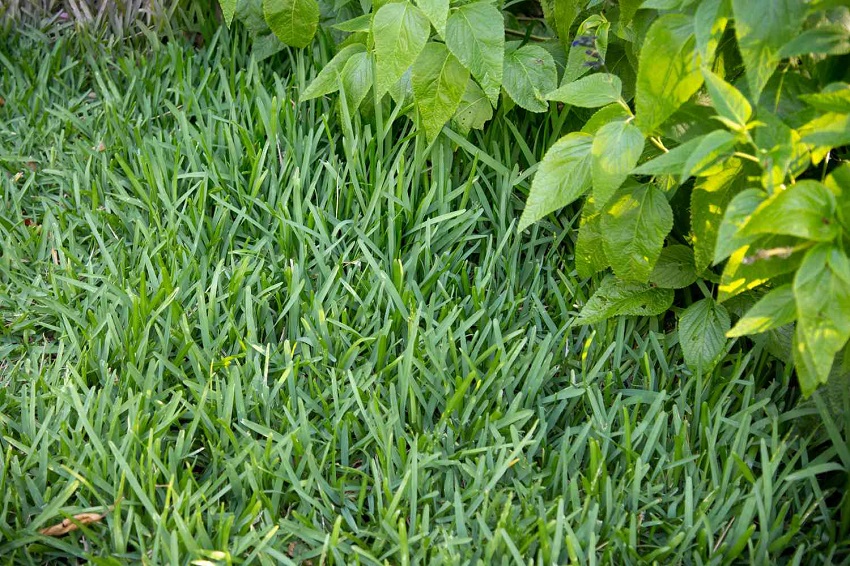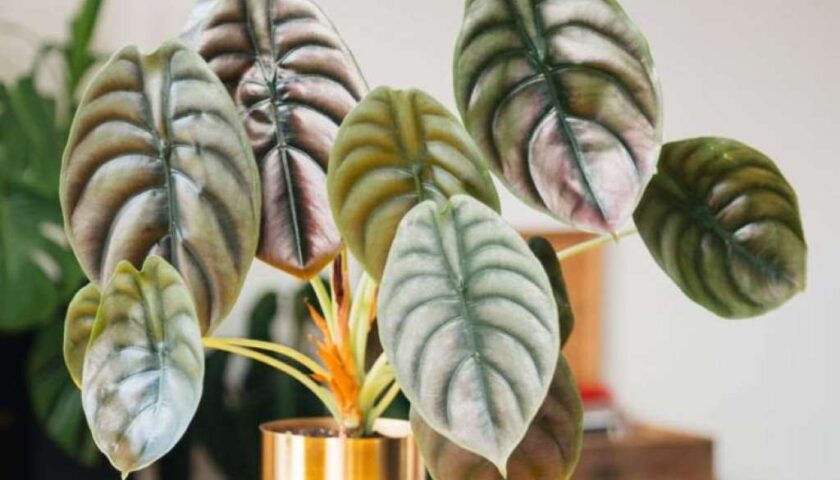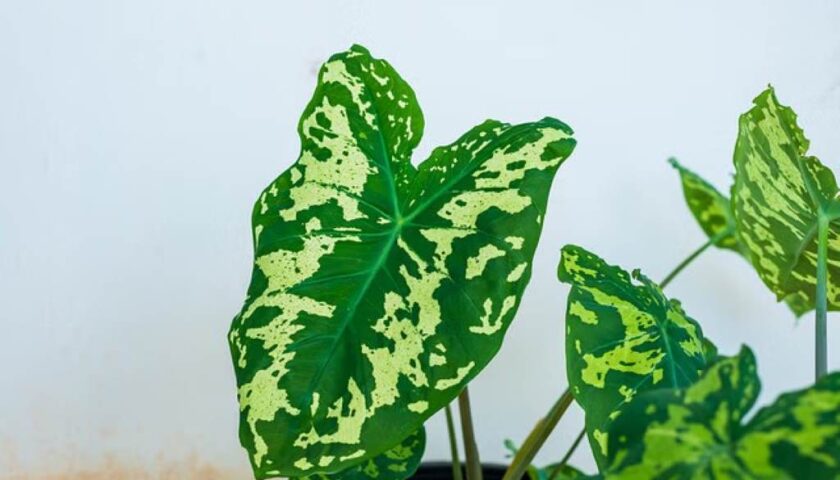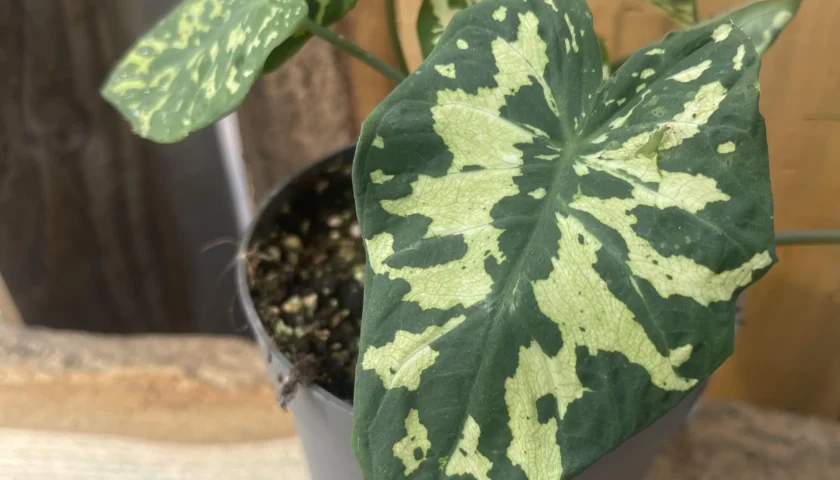Florida is a state that is characterized by its warm climate and sandy soil, which makes it difficult for plants to grow. However, despite these challenges, Florida is home to a wide variety of beautiful turfgrasses that thrive in its conditions. If you are a homeowner or landscaper in Florida, choosing the right turfgrass is essential for the longevity and beauty of your lawn. In this article, we will explore which turfgrass reigns supreme in Florida and what makes it so special.
St. Augustinegrass
Characteristics:
St. Augustinegrass, one of the types of florida grass, is a warm-season grass that is known for its coarse texture and broad, flattened leaf blades. The grass grows aggressively through above-ground stolons, forming a dense canopy that can reach up to 6 inches in height. St. Augustinegrass is available in several varieties, including Floratam, Palmetto, Seville, and Raleigh.
Benefits:
St. Augustinegrass is a popular turfgrass in Florida due to its adaptability to warm and humid weather conditions. This grass variety is tolerant of partial shade and can grow in soil types ranging from clay to sand. Additionally, St. Augustinegrass is known for its excellent weed suppression abilities and its ability to recover quickly from damage.
Considerations:
While St. Augustinegrass is relatively low maintenance, it does have some considerations for homeowners to keep in mind. This grass needs moderate watering, but overwatering can lead to fungal diseases. Additionally, St. Augustinegrass can be vulnerable to pests like chinch bugs, which can cause brown patches in the lawn. It is essential to maintain proper mowing practices to avoid mowing too short or scalping the lawn, leading to higher water requirements, and ultimately, lawn stress.
Bahiagrass
Characteristics:
Bahiagrass is a warm-season grass that is best suited for Florida’s sandy soil conditions. The grass has a light green color, rough texture, and a leaf blade that is about 3-5 mm wide and 10-30 cm long. Bahiagrass is available in several varieties, including Pensacola, Argentine, and Tifton 9.
Benefits:
Bahiagrass is a low-maintenance turfgrass, requiring less watering, fertilization, and mowing than other species. It is drought tolerant, thrives in full sun, and has excellent resistance to pests like grubs and chinch bugs.
Considerations:
Bahiagrass has a relatively shallow root system, leaving the turfgrass vulnerable to drought and leading to patchy or sparse lawns if maintained poorly. Additionally, Bahiagrass can have seedheads, which can be unattractive when left to grow into the dormant season.
Zoysiagrass
Characteristics:
Zoysiagrass is a warm-season grass that is known for its fine texture, bright green hue, and high density. The grass is available in several varieties, including Emerald, Zeon, and Palisades. Zoysiagrass has a moderate growth rate and grows through rhizomes and stolons.
Benefits:
Zoysiagrass is an excellent choice for homeowners looking for a drought-tolerant turfgrass. Additionally, the grass can handle heavy traffic and is ideal for athletic fields and golf courses. Zoysiagrass also has excellent resistance to pests and diseases, making it an easy to maintain turfgrass species.
Considerations:
Zoysiagrass is more expensive than other turfgrass species and requires more maintenance in the early stages to ensure successful establishment. Zoysiagrass is also less shade-tolerant than other species, making it unsuitable for lawns with significant areas of shade.
Read more: Do Lemons Need Sunlight to Grow?
Centipedegrass
Characteristics:
Centipedegrass is a low maintenance turfgrass that is known for its soft green hue and low profile. The grass has a shallow root system that thrives on sandy, acidic soils. Centipedegrass often has a yellowish-green color during periods of drought or cool weather.
Benefits:
Centipedegrass is an excellent choice for homeowners looking for a low-maintenance turfgrass. It requires less water, fertilizer, and mowing than other species and is highly resistant to pests and diseases.
Considerations:
Centipedegrass does not perform well in the shade and can suffer from heat stress if overwatered. Additionally, Centipedegrass is less competitive than other species, meaning it can be vulnerable to weed infestation if not well managed.
Conclusion
As a homeowner in Florida, selecting the right turfgrass is essential. With its adaptability to Florida’s soil and weather conditions, it’s no surprise that St. Augustinegrass is the most common and popular turfgrass in Florida. It’s relatively low-maintenance, has excellent weed suppression abilities, and can recover quickly from damage. However, Bahiagrass, Zoysiagrass, and Centipedegrass are also excellent turfgrass options depending on specific needs and preferences.
FAQs
- What is the best time to plant St. Augustinegrass in Florida?
The best time to plant St. Augustinegrass is in the early spring when the soil temperature reaches at least 60 degrees.
- How often should I water St. Augustinegrass in Florida?
St. Augustinegrass requires moderate watering, with a 1-inch-per-week minimum during the growing season, increasing during times of drought.
- How do I know if my lawn needs fertilizer?
Conduct a soil test and evaluate the health and color of the turfgrass. If it’s yellowish with stunted growth, then it may need nitrogen fertilizer.
- What is the ideal mowing height for Bahiagrass?
Bahiagrass should be mowed to a height of 3 to 4 inches.
- What type of soil does Zoysiagrass prefer?
Zoysiagrass prefers well-drained soils but can also grow in sandy soils.




